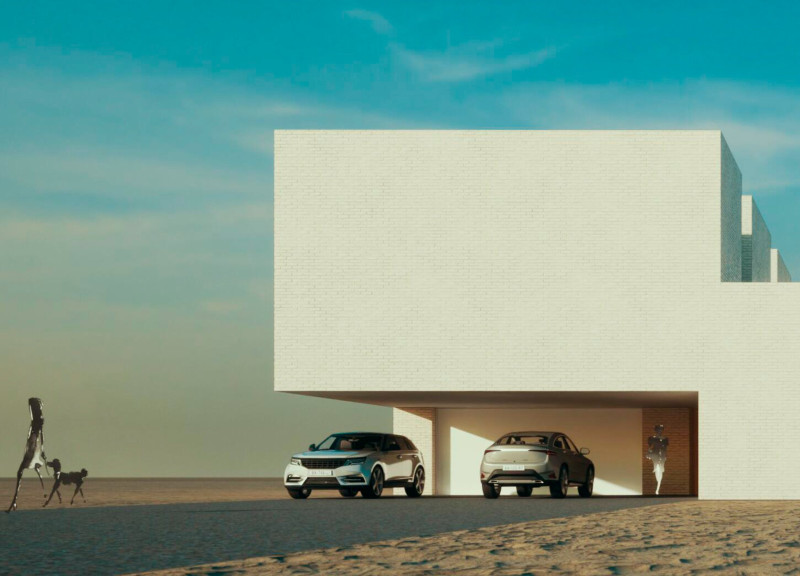5 key facts about this project
At the core of this design is its dual function: to serve as both a communal gathering space and a private refuge. This bifocal purpose is articulated through a careful configuration of spaces that promote interaction among users while also providing areas for solitude. The architectural layout utilizes an open floor plan that encourages movement and fluidity. Throughout the different levels, varying ceiling heights and strategically placed windows facilitate an abundance of natural light, creating an inviting atmosphere that evolves with the passage of time.
Particular attention has been given to the selection of materials, which plays a crucial role in reinforcing the building's identity and its relationship to the site. The use of locally sourced stone, complemented by sustainably harvested timber, contributes to a sense of place, grounding the architecture within its geographical context. These materials not only serve functional purposes but also enhance the sensory experience of the spaces—inviting touch and showcasing craftsmanship. Additionally, the consideration of green roofing techniques and rainwater management systems underscores a commitment to sustainability that is increasingly essential in modern architectural design.
The facade of the building presents a series of layers that create depth and visual interest. This design feature not only serves aesthetic functions but also helps in regulating internal temperatures and enhancing overall energy efficiency. The configuration of the windows allows for cross-ventilation, facilitating airflow and reducing reliance on artificial heating and cooling systems. Such design strategies illustrate a forward-thinking approach that aligns with contemporary architectural practices aimed at reducing environmental impact.
Moreover, the project integrates outdoor spaces that blur the lines between inside and outside, which adds another layer of connectivity to the environment. Terraces and gardens are thoughtfully woven into the design, encouraging occupants to engage with the natural surroundings. These open areas are not only beautiful retreats but also serve ecological purposes, promoting biodiversity and enhancing the overall landscape.
Incorporating the client’s vision for a multifunctional space, the design exemplifies adaptability. Different zones within the structure can be reconfigured for various uses—be it for art exhibitions, workshops, or social events. This flexibility ensures the longevity of the building, allowing it to evolve with the changing needs of its users.
Unique design approaches inform the architectural language of this project, where modern techniques coexist with timeless elements. The integration of passive design principles showcases an understanding of resource management, while the aesthetic choices reflect a dialogue with the local context.
To fully appreciate the thoughtfulness embedded in this architectural endeavor, readers are encouraged to review the project's presentation. This exploration will provide a deeper understanding of the architectural plans, sections, designs, and overall architectural ideas that make this project a noteworthy contribution to contemporary architecture. Engaging with the visual documentation will further illustrate how each aspect has been meticulously crafted to create a cohesive narrative that resonates with its environment and functionality.


























